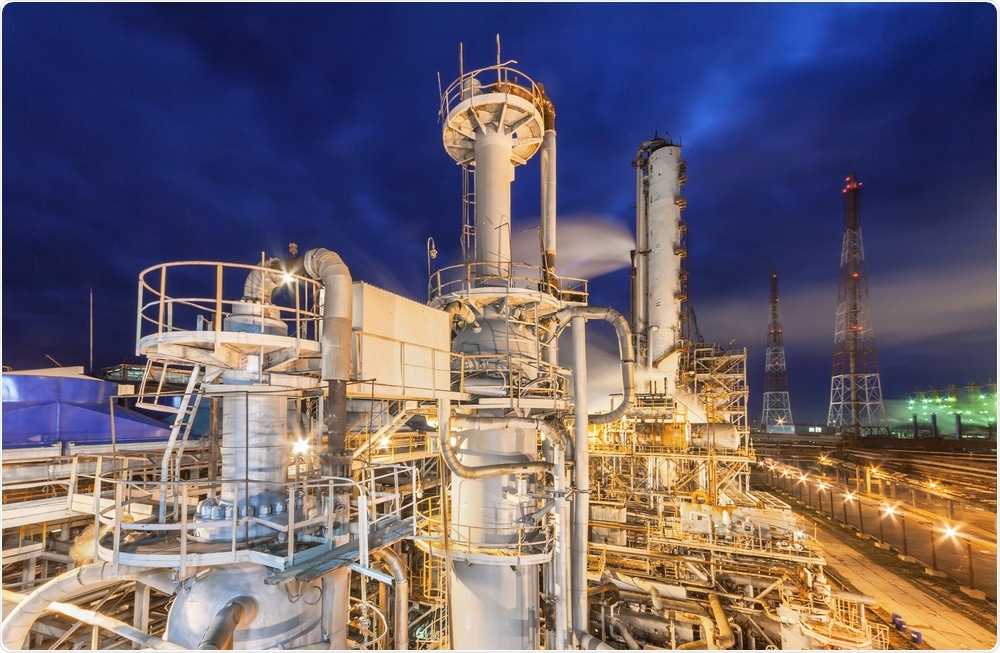As the only alkaline gas in the atmosphere, ammonia can react with sulfur dioxide and nitrogen oxides to form secondary fine particles, accelerating the generation of atmospheric haze.

Image Credit: saoirse2013/Shutterstock.com
Ammonia is therefore considered as a catalyst and accelerator for the widespread haze pollution problem in China. In the past decade, China has made great progress in the prevention and control of atmospheric sulfur dioxide and nitrogen oxide pollution, but little has been done in terms of ammonia emissions control.
Compiling an emissions inventory is an important basis for ammonia control. Although there are some existing global or national emission inventories, they are not very applicable to regional-scale ammonia emission reduction policies due to the lack of specific regional information.
Professor Weishou Shen's research group at Nanjing University of Information Science and Technology (NUIST) investigated ammonia emissions from agriculture in Jiangsu Province from 2000 to 2017 based on the emissions factor method, and the findings have been published in Atmospheric and Oceanic Science Letters.
Jiangsu is where our research team is based, and it happens that this province ranks first in ammonia emissions from agriculture in key areas of national air pollution control in China. We, therefore, feel it's our duty to investigate the characteristics and trend of change of ammonia emissions from agriculture here."
Shen
The team selected five regional representative nitrogen fertilizers and four typical livestock types and calculated their corresponding emission factors to investigate the characteristics and trends of agricultural ammonia emissions in Jiangsu from 2000 to 2017.
They found that ammonia emissions from agriculture were mainly contributed by livestock and poultry farming (78.08%) and nitrogen fertilizer application (21.92%), and presented a fluctuating interannual trend during the study period.
"We suggest that ammonia emissions control from livestock and poultry farming should be a future focus of agricultural ammonia control," concludes Shen.